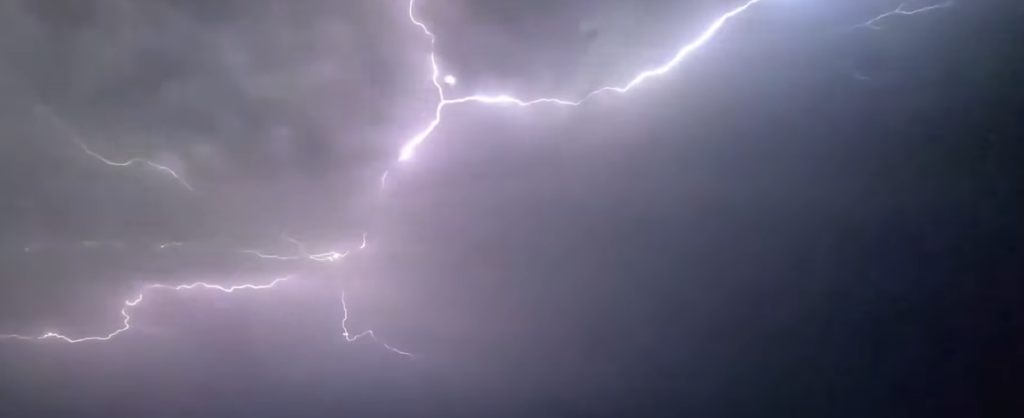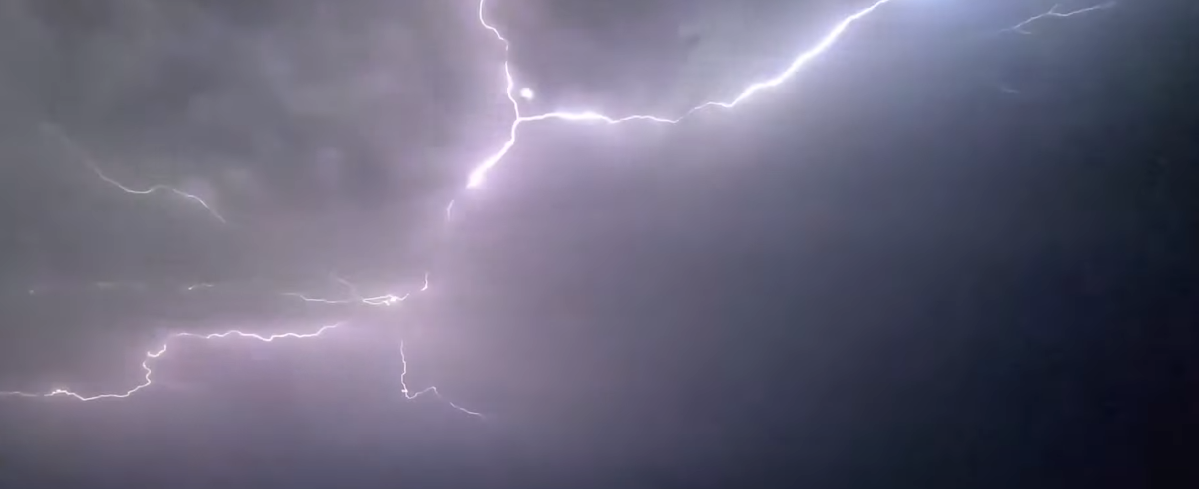When a severe thunderstorm warning is issued, the urgency to act quickly and safely cannot be overstated. Cities across the United States, such as Dallas, Denver, and Chicago, are frequently affected by severe weather, including intense thunderstorms. This blog post will explore what a severe thunderstorm warning entails, the specific risks for major cities, and essential safety measures to keep in mind. Stay informed and prepared with our comprehensive guide to severe thunderstorms.

Understanding Severe Thunderstorm Warnings
A severe thunderstorm warning indicates that severe weather conditions are imminent or occurring. This warning is issued by the National Weather Service (NWS) or similar meteorological agencies and requires immediate action. It’s important to differentiate between:
- Severe Thunderstorm Watch: Alerts that conditions are right for severe thunderstorms to develop.
- Severe Thunderstorm Warning: A notification that severe thunderstorms are currently affecting the area and pose an immediate threat.
What Makes a Thunderstorm Severe?
A thunderstorm is considered severe if it meets one or more of the following criteria:
- Winds of 58 mph (93 km/h) or Higher: Capable of causing extensive damage to structures and vegetation.
- Hailstones of 1 inch (2.5 cm) or Larger: Can result in property damage and personal injury.
- Tornadoes: Severe thunderstorms can spawn tornadoes, which bring devastating damage.
Risks for Major Cities
Here’s a look at how severe thunderstorms can impact specific major cities:
- Dallas, TX: Known for its hot summers and occasional severe storms, Dallas is at risk for strong winds, hail, and flash flooding. Residents should be particularly cautious during spring and summer months when severe thunderstorms are more common.
- Denver, CO: Denver’s high elevation can lead to rapid weather changes. Severe thunderstorms in Denver may include heavy rain, hail, and strong winds. Flash flooding is a concern in areas with steep terrain.
- Chicago, IL: Chicago often experiences severe thunderstorms with powerful winds and large hail. The city’s dense urban environment means that storm damage can impact infrastructure and utilities.
Safety Measures to Take During a Severe Thunderstorm
Regardless of your location, these safety measures are essential during a severe thunderstorm warning:
- Seek Shelter: Move indoors immediately. In cities like Dallas, Denver, and Chicago, avoid staying in cars or under trees.
- Stay Away from Windows: Protect yourself from shattered glass by avoiding windows and glass doors.
- Avoid Electrical Appliances: Unplug electronics and avoid using corded phones during the storm to reduce the risk of electrical hazards.
- Monitor Weather Updates: Keep a battery-powered weather radio or a charged mobile device to receive real-time updates.
- Prepare for Flooding: In flood-prone areas, have an emergency kit ready and know local evacuation routes. In cities with urban drainage issues, like Chicago, be especially aware of potential flash floods.
- Have an Emergency Kit: Include essentials such as water, non-perishable food, medications, first aid supplies, and important documents.
- Be Cautious of Tornadoes: If a tornado warning is issued, seek shelter in a basement or an interior room on the lowest floor.
What to Do After the Storm
After the severe thunderstorm has passed, take the following steps:
- Check for Damage: Inspect your property for damage and avoid downed power lines.
- Stay Informed: Continue to listen to weather updates for follow-up warnings or advisories.
- Help Others: Check on neighbors, especially those who may need assistance.
Severe thunderstorm warnings are critical alerts that require prompt action to ensure safety. By understanding the risks associated with severe thunderstorms in cities like Dallas, Denver, and Chicago, and taking appropriate safety measures, you can better protect yourself and your community. Stay informed, prepared, and safe during extreme weather events.
Read More:


Your article helped me a lot, is there any more related content? Thanks!